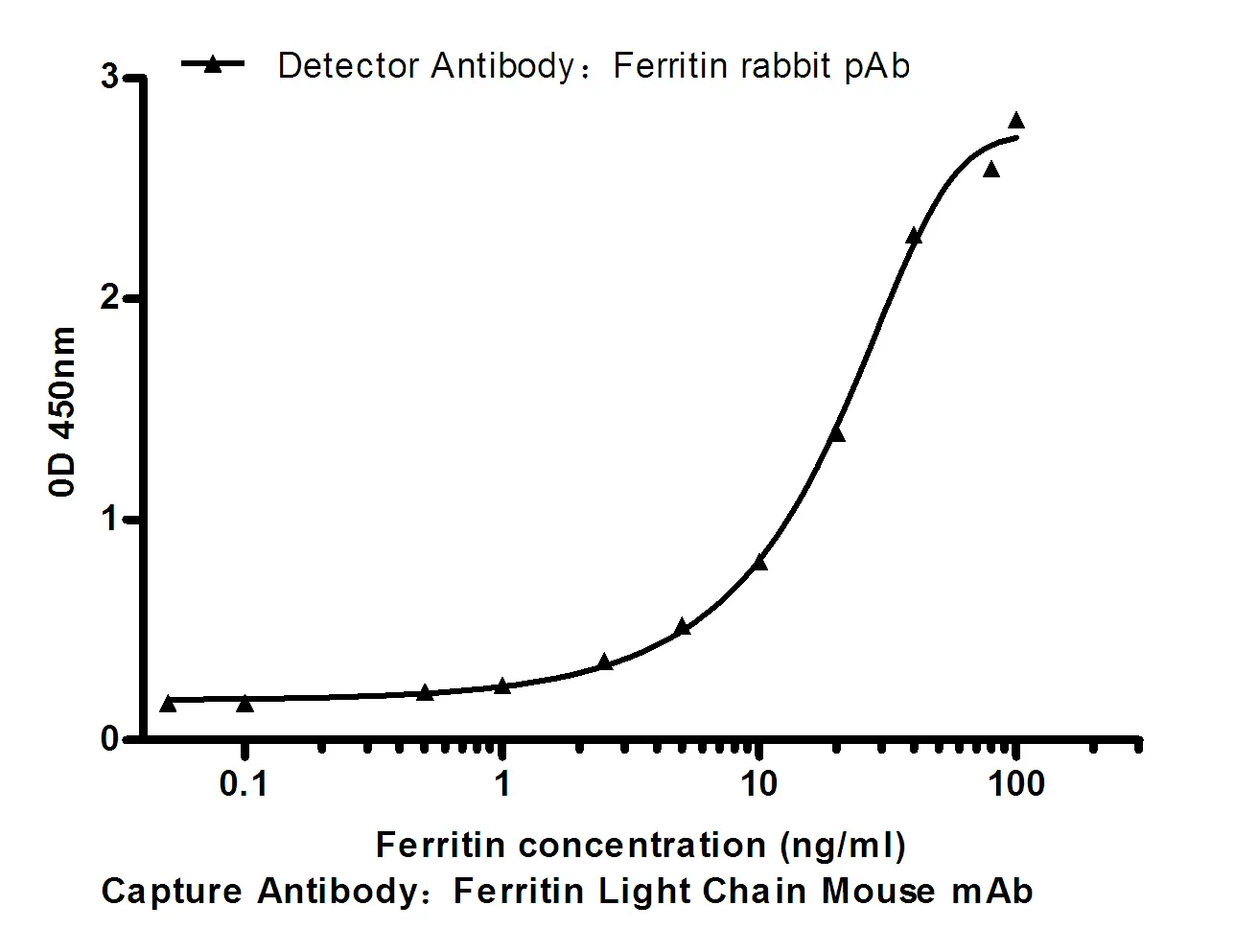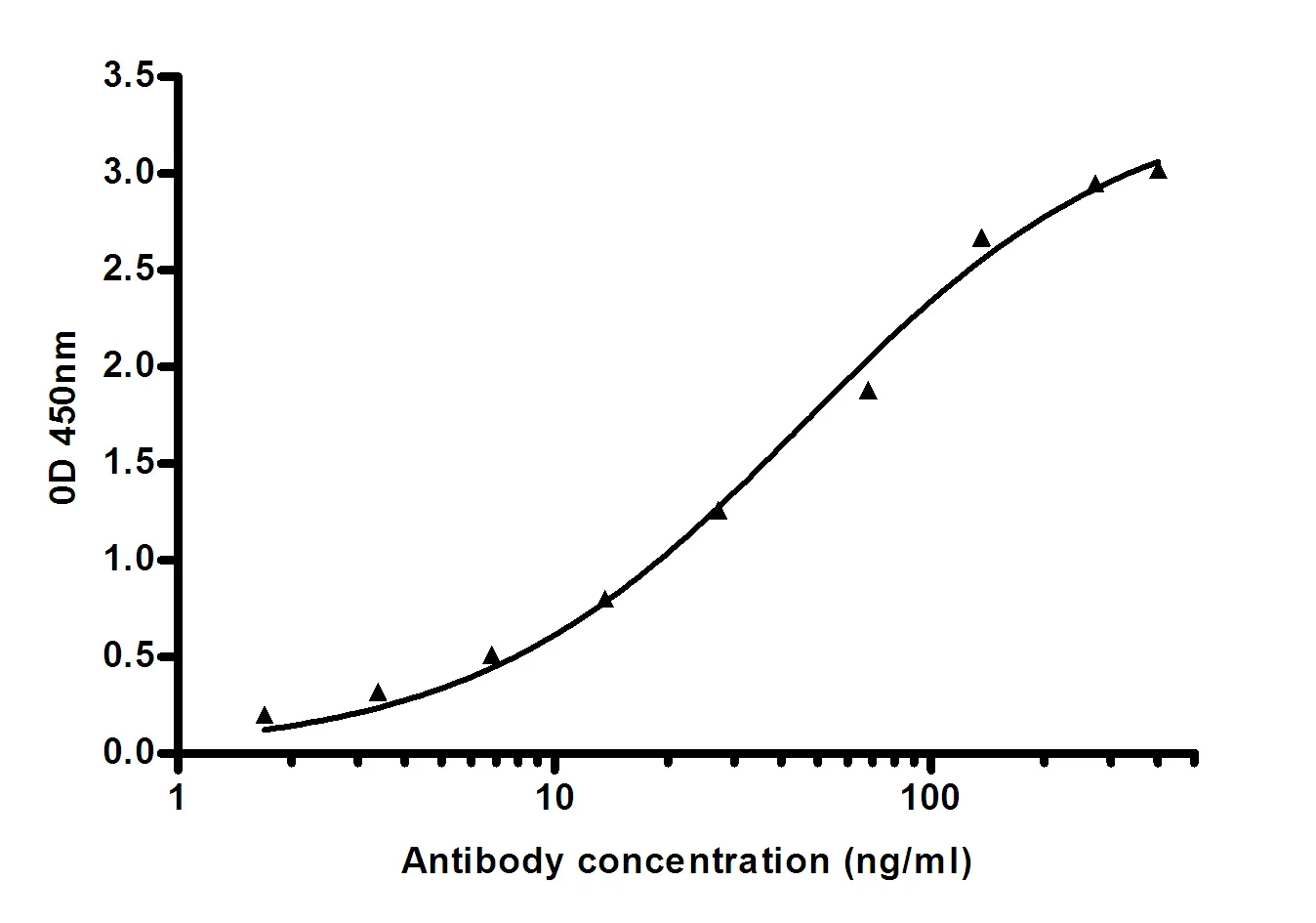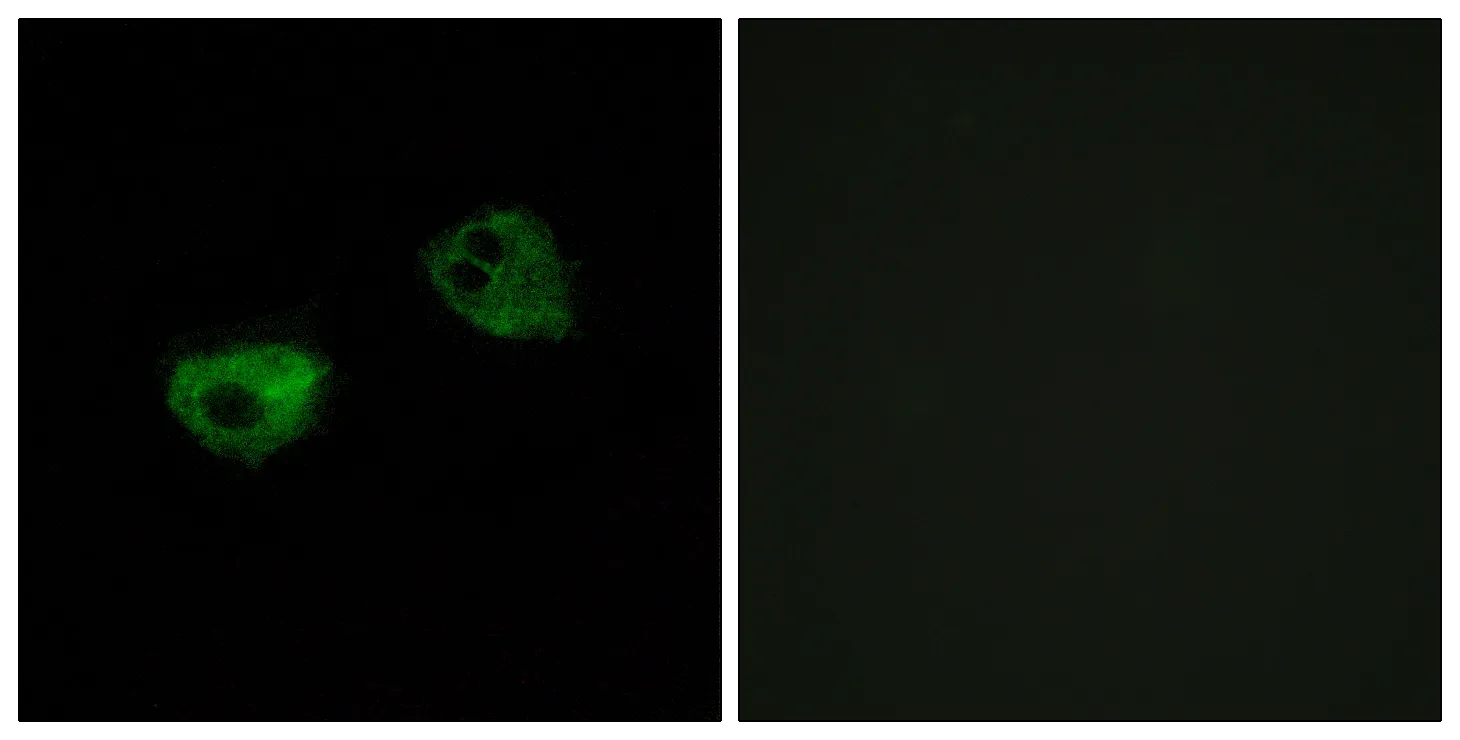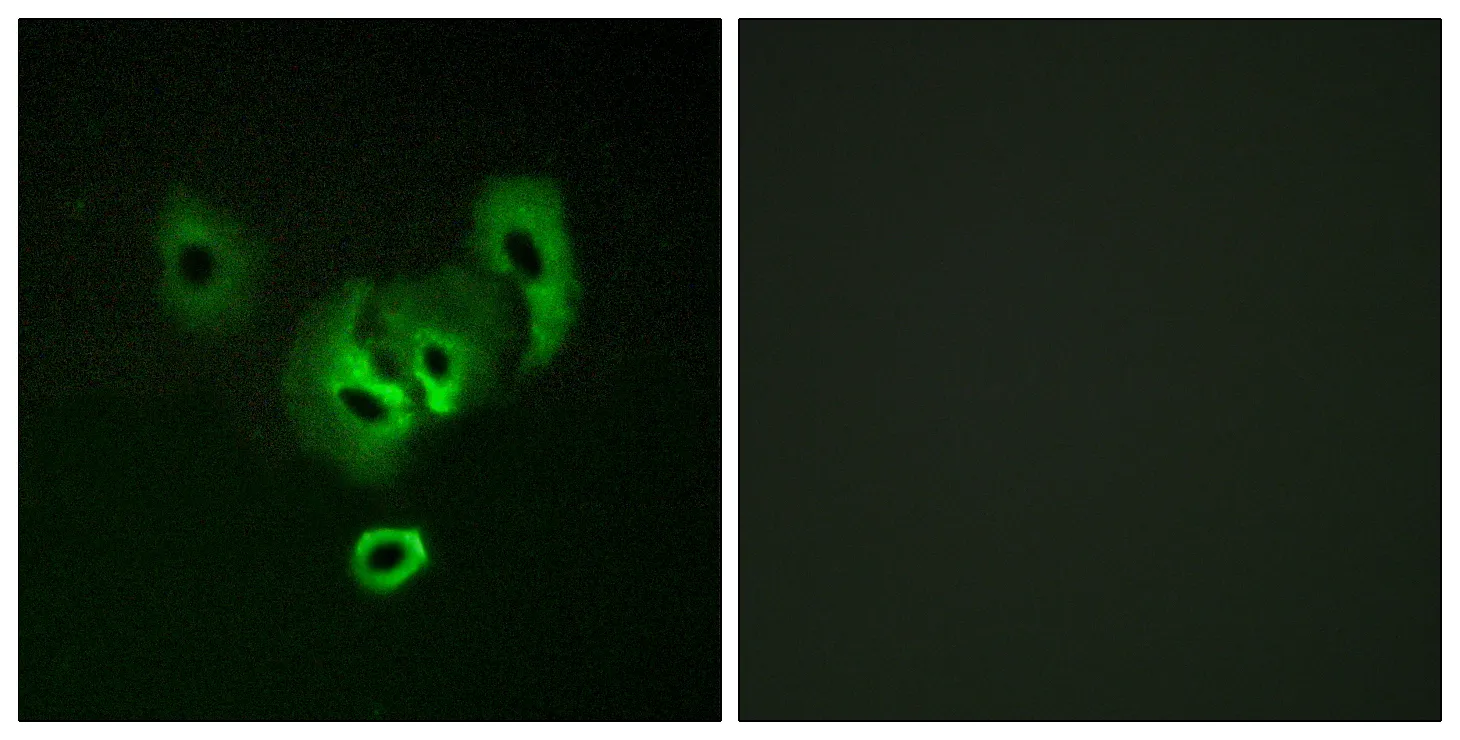Summary
Performance
Immunogen
Application
Background
This gene encodes a secreted ligand of the TGF-beta (transforming growth factor-beta) superfamily of proteins. Ligands of this family bind various TGF-beta receptors leading to recruitment and activation of SMAD family transcription factors that regulate gene expression. The encoded preproprotein is proteolytically processed to generate each subunit of the disulfide-linked homodimer, which plays a role in bone and cartilage development. Duplication of a regulatory region downstream of this gene causes a form of brachydactyly characterized by a malformed index finger and second toe in human patients. [provided by RefSeq, Jul 2016],function:Induces cartilage and bone formation.,online information:Bone morphogenetic protein 2 entry,similarity:Belongs to the TGF-beta family.,subunit:Homodimer; disulfide-linked. Interacts with GREM2 (By similarity) and SOSTDC1.,tissue specificity:Particularly abundant in lung, spleen and colon and in low but significant levels in heart, brain, placenta, liver, skeletal muscle, kidney, pancreas, prostate, ovary and small intestine.,
Research Area
Cytokine-cytokine receptor interaction;Hedgehog;TGF-beta;Pathways in cancer;Basal cell carcinoma;






